A Different Light – 29th March 2025 – Lessons to be learned on how we respond to our most vulnerable
An eleven-year-old girl with Autism. Non-verbal. Handcuffed. Admitted to a Mental Health Facility under the Section 29 of the Mental Health Act. Misidentified. Injected with two doses of anti-psychotic medication.
These are some of the sound bites you might have heard reported in the media over the last week. By themselves they paint a fairly gritty picture, but when you put them all together in context, they map out a horrendous scenario of organizational failure.
As you have probably heard an eleven-year-old girl was detained in Hamilton after the police received an emergency call that a woman, who seemed to be intoxicated, was trying to climb the rails of the Fairfield Bridge. She was later misidentified as a 20-year-old woman who was missing and was subject to Section 29 of the Mental Health Act. It took 12 hours for the mix up to be discovered, when the girl’s mother contacted police about her missing daughter. During that time, she was admitted to a Mental Health Facility and injected with anti-psychotic medication. It’s hard at this time to determine who exactly is responsible for what went so badly wrong. The police have had to manage an almost impossible job of being the first responders to a wide range of mental health, drug and alcohol related incidents for some time. When you throw neurodiversity into the mix, it’s another layer of nuanced responses that police need to be au fait with. Hardly something taught at Police College. This incident should be a frightening catalyst for New Zealand as a society to reflect on how we respond to our most vulnerable in their times of need.
Peter Boshier, who recently retired from being the Chief Ombudsman in NZ, has used the opportunity of his retirement to communicate clearly with New Zealanders about the State of the Nation. Unlike the Winston Peter’s version, Boshier was focused in on the vulnerable layers of society who he had seen let down by public services over the period of his tenure. In various interviews Boshier reemphasized previous concerns about the treatment of the elderly, prisoners, children under Oranga Tamariki, and mental health patients in New Zealand. He also released a list of concerns about the Official Information Act. He told Morning Report that the Act was still fit for purpose, but it was the attitude of agencies that needs to change. He said “The real issues are not with the law. They centre on ‘culture’ and that involves trust, behaviour and leadership. Bad behaviour undermines the OIA.” I feel the same sentiment should be used as a lens to look at how such an incident could have been avoided. While policies and procedures may have been followed correctly, (and we don’t know this at this stage) we need to look at the organisational cultures involved. As Dane Dougan of Autism New Zealand commented, “ … at the end of the day it all comes down to a lack of understanding of autism , and how autistic people try to communicate at times.”
Dougan’s advocacy for first responders to have training and education in this area, seems a glaringly obvious need. The police took the girl to the Waikato Hospital and from there it seems things only got worse. Thinking about organisational culture, some questions need to be asked of the choices then made, was there any real focus and effort put into formally identifying her? Was there an obvious need to handcuff her? Was there any urgency to administer intravenous psychotic drugs? Why were Ministers not informed until two weeks after the event? Why is this hospital the same one that mental health advocate, Jane Stevens’ son disappeared from in 2015, only to be found dead. When she talks about how the police and health systems failed her son, Nicky, the poignancy of this event ten years later is heart-breaking.
I know it’s all very well to ponder these questions, in hindsight, and that in the heat of the moment people do the best they can at the time. But when the system is charged with enabling its workers to support a vulnerable person in precarious circumstances, these workers need to feel adequately trained and backed up. How well are the workplace cultures they are immersed in supporting them to do these critical jobs?
Let’s hope this is examined in the investigations surrounding this shocking case.
Jonny Wilkinson is the CEO of Tiaho Trust – Disability A Matter of Perception, a Whangarei based disability advocacy organisation.
